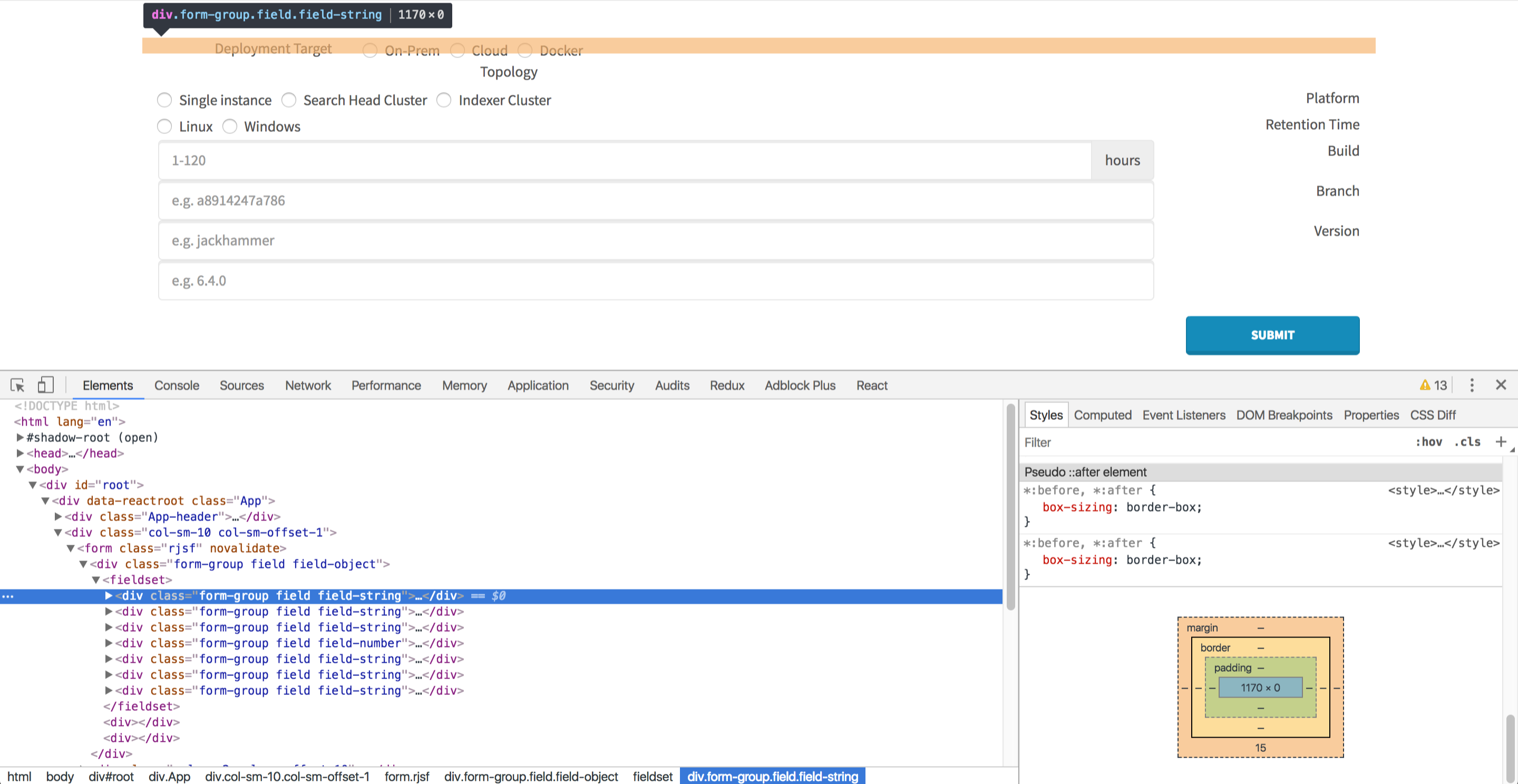Chapter 5: Grammar
Statements & Expressions
var a = 3 * 6;
var b = a;
b;
In this snippet, 3 * 6 is an expression (evaluates to the value 18). But a on the second line is also an expression, as is b on the third line. The a and b expressions both evaluate to the values stored in those variables at that moment, which also happens to be 18.
Moreover, each of the three lines is a statement containing expressions. var a = 3 * 6 and var b = a are called “declaration statements” because they each declare a variable (and optionally assign a value to it). The a = 3 * 6and b = a assignments (minus the vars) are called assignment expressions.
The third line contains just the expression b, but it’s also a statement all by itself (though not a terribly interesting one!). This is generally referred to as an “expression statement.”
“声明”和“表达式”的概念在几乎任何语言都是通用的。
It’s a fairly little known fact that statements all have completion values (even if that value is just undefined).
Let’s consider var b = a. What’s the completion value of that statement?
The b = a assignment expression results in the value that was assigned (18 above), but the var statement itself results in undefined. Why? Because var statements are defined that way in the spec.
The general idea is to be able to treat statements as expressions – they can show up inside other statements – without needing to wrap them in an inline function expression and perform an explicit return ...
For now, statement completion values are not much more than trivia.
这个设计我感觉是有点多余的,如果仅仅是为了省掉一行return语句的话
Note: Would you think ++a++ was legal syntax? If you try it, you’ll get a ReferenceError error, but why? Because side-effecting operators require a variable reference to target their side effects to. For ++a++, the a++ part is evaluated first (because of operator precedence – see below), which gives back the value of a before the increment. But then it tries to evaluate ++42, which (if you try it) gives the same ReferenceError error, since ++ can’t have a side effect directly on a value like 42.
这波解释很精妙。
This behavior that an assignment expression (or statement) results in the assigned value is primarily useful for chained assignments, such as:
var a, b, c;
a = b = c = 42;
Here, c = 42 is evaluated to 42 (with the side effect of assigning 42 to c), then b = 42 is evaluated to 42 (with the side effect of assigning 42 to b), and finally a = 42 is evaluated (with the side effect of assigning 42 to a).
这里之所以可以连续赋值,正是因为c=42除了赋值这个操作外还会将所赋的值返回出来。


